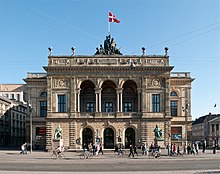
August Bournonville was a Danish ballet master and choreographer. He was the son of Antoine Bournonville, a dancer and choreographer trained under the French choreographer, Jean Georges Noverre, and the nephew of Julie Alix de la Fay, née Bournonville, of the Royal Swedish Ballet.
The Bournonville method is a ballet technique and training system devised by the Danish ballet master August Bournonville.
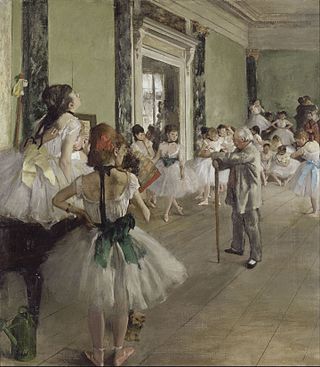
A ballet master is an employee of a ballet company who is responsible for the level of competence of the dancers in their company. In modern times, ballet masters are generally charged with teaching the daily company ballet class and rehearsing the dancers for both new and established ballets in the company's repertoire. The artistic director of a ballet company, whether a male or female, may also be called its ballet master. Historic use of gender marking in job titles in ballet is being supplanted by gender-neutral language job titles regardless of an employee's gender.
Harald Alfred Bernhardt Stevnsborg Lander was a Danish dancer, choreographer and artistic director of the Royal Danish Ballet.

The Flower Festival in Genzano is a one-act ballet by Danish choreographer and ballet master August Bournonville (1805–1879). Bournonville created the work for Denmark's Royal Ballet on December 19, 1858, at the Royal Danish Theatre, on the basis of Danes' general enthusiasm for Italy. The libretto, which is adapted from a tale in Impressions de voyage by Alexandre Dumas, tells the story of a pair of young lovers, Rosa and Paolo, which alludes to the festival still celebrated each June in Genzano, Italy. The music is by Edvard Helsted and Holger Simon Paulli.
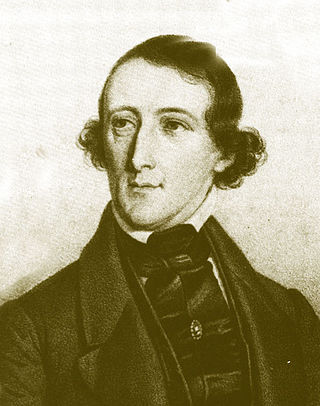
Le Conservatoire, or A Marriage by Advertisement is a two-act vaudeville ballet created by the Danish choreographer and ballet master August Bournonville in 1849 for the Royal Danish Ballet. The ballet's setting is a dance studio at the Conservatoire de Paris. Bournonville studied at the Paris Conservatoire in the 1820s with the renowned dancer Auguste Vestris. The ballet launched the career of prima ballerina Juliette Price. A divertissement within the larger work called "The Dancing School" permitted Bournonville to display the basics of his style and raise them to the level of enduring art.
Anine Marie Magdalene Frølich was a Danish ballerina, one of the first professional native ballet dancers in Denmark and the first native star within the Royal Danish Ballet. Anine Frølich was perhaps the principal figure in the emergence of classical ballet as a distinct art-form in Denmark.

Antoine Bournonville was a French ballet dancer a choreographer, active in the Royal Swedish Ballet and the Royal Danish Ballet and eventually ballet master in the latter. He is considered to have played a great role in the development of the ballet in Scandinavia. He was the father of August Bournonville.
Frank Andersen is a former Danish ballet dancer who was twice artistic director of the Royal Danish Ballet. He has been an influential supporter of the Danish choreographer August Bournonville.
Sorella Englund is a former soloist and character dancer with the Royal Danish Ballet. She has been a keen supporter of August Bournonville, staging a number of his ballets in Denmark and abroad.
Alban Lendorf is a Danish ballet dancer, choreographer, and actor, who was a principal with the Royal Danish Ballet and the American Ballet Theatre. He also was a guest artist with the English National Ballet and the Stanislavski Ballet.
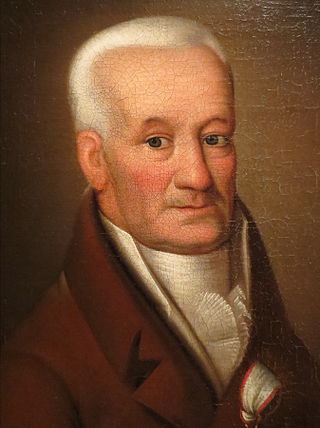
Vincenzo Galeotti was an Italian-born Danish dancer, choreographer and ballet master, who was influential as the director of the Royal Danish Ballet from 1775 until his death.

Dinna Bjørn is a Danish ballet dancer and choreographer. She has specialized dancing and directing the ballets of August Bournonville. Bjørn has also created five Hans Christian Andersen ballets for the Pantomime Theatre in Copenhagen's Tivoli.
The Royal Danish Ballet School is a ballet school that trains dancers for the Royal Danish Ballet. It was founded in the 1770s.
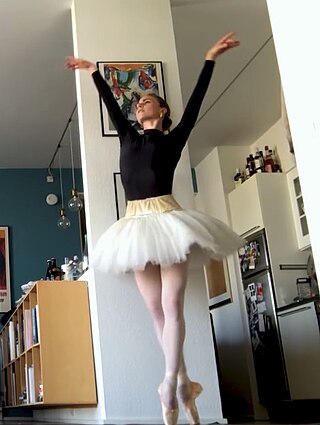
Ida Praetorius is a Danish ballet dancer. She joined the Royal Danish Ballet in 2010, and was promoted to principal dancer in 2016. In 2021, she joined the Hamburg Ballet as a principal dancer.
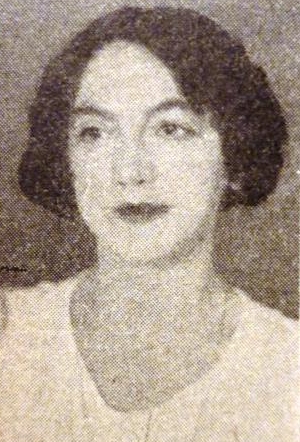
Elna Eleonora Fobian Ørnberg, also Elna Jørgen-Jensen, was a Danish ballet dancer and instructor who as a soloist starred in Bournonville's productions at the Royal Danish Theatre from 1907. After receiving further training with Mikhail Fokin, she choreographed the once popular but now forgotten Strauss i Paris in 1932. In 1933, she retired as a dancer but continued as a trainer. As a result of her support of the Nazis under the German occupation in World War II, she was imprisoned for six months. In the late 1940s, she left Denmark together with her husband Leif and settled and taught in Madrid.
Toni Lander née Pihl Petersen (1931–1985) was a Danish ballerina who specialized in the ballets of August Bournonville. After becoming a solo dancer with the Royal Danish Ballet in 1950, she was a guest dancer with the Original Ballet Russe in 1951. She was then engaged by the Paris Opera Ballet until 1954. Lander also appeared with the London Festival Ballet in the late 1950s and with the American Ballet Theatre in the 1960s. After a few years back in Denmark in the early 1970s, in 1976 she joined the Ballet West in Salt Lake City. After a short illness, she died there of cancer in May 1985.
Holly Jean Dorger is an American ballet dancer. She is a principal dancer at the Royal Danish Ballet.
